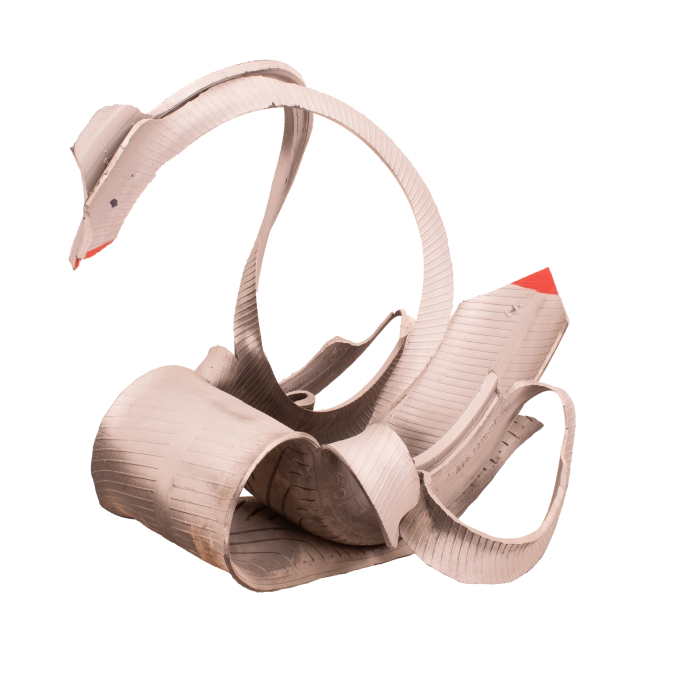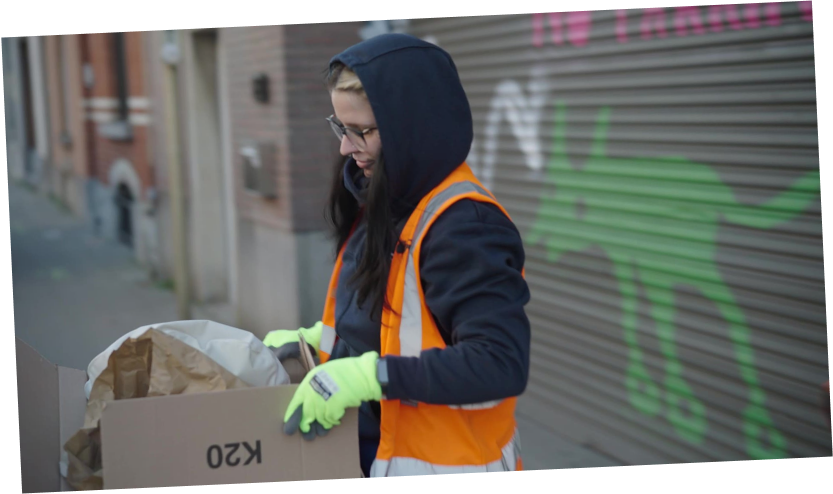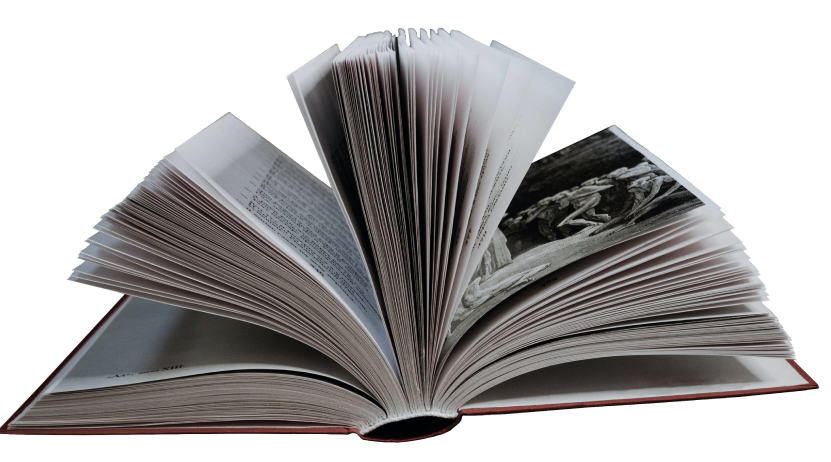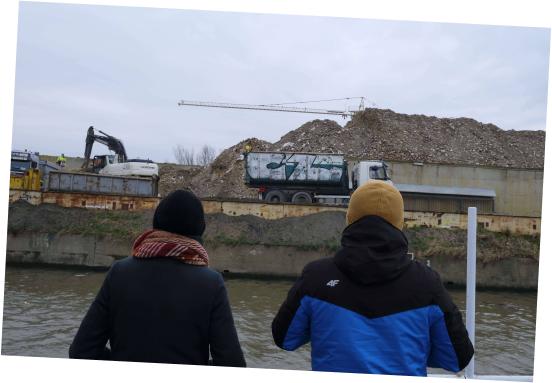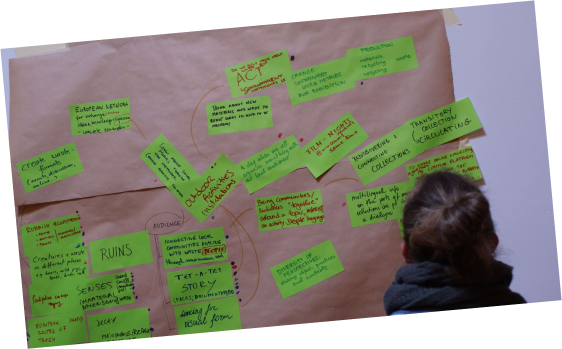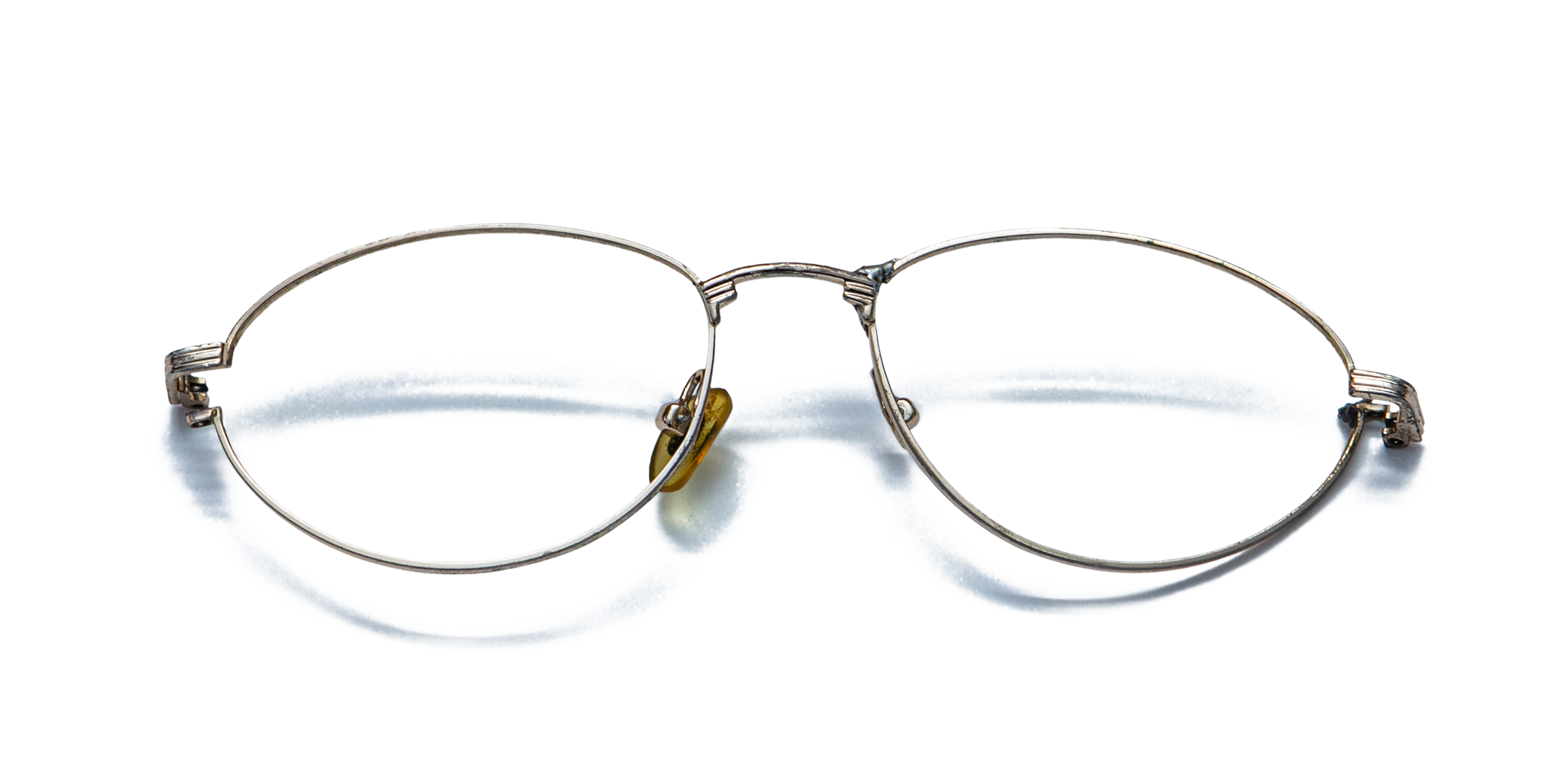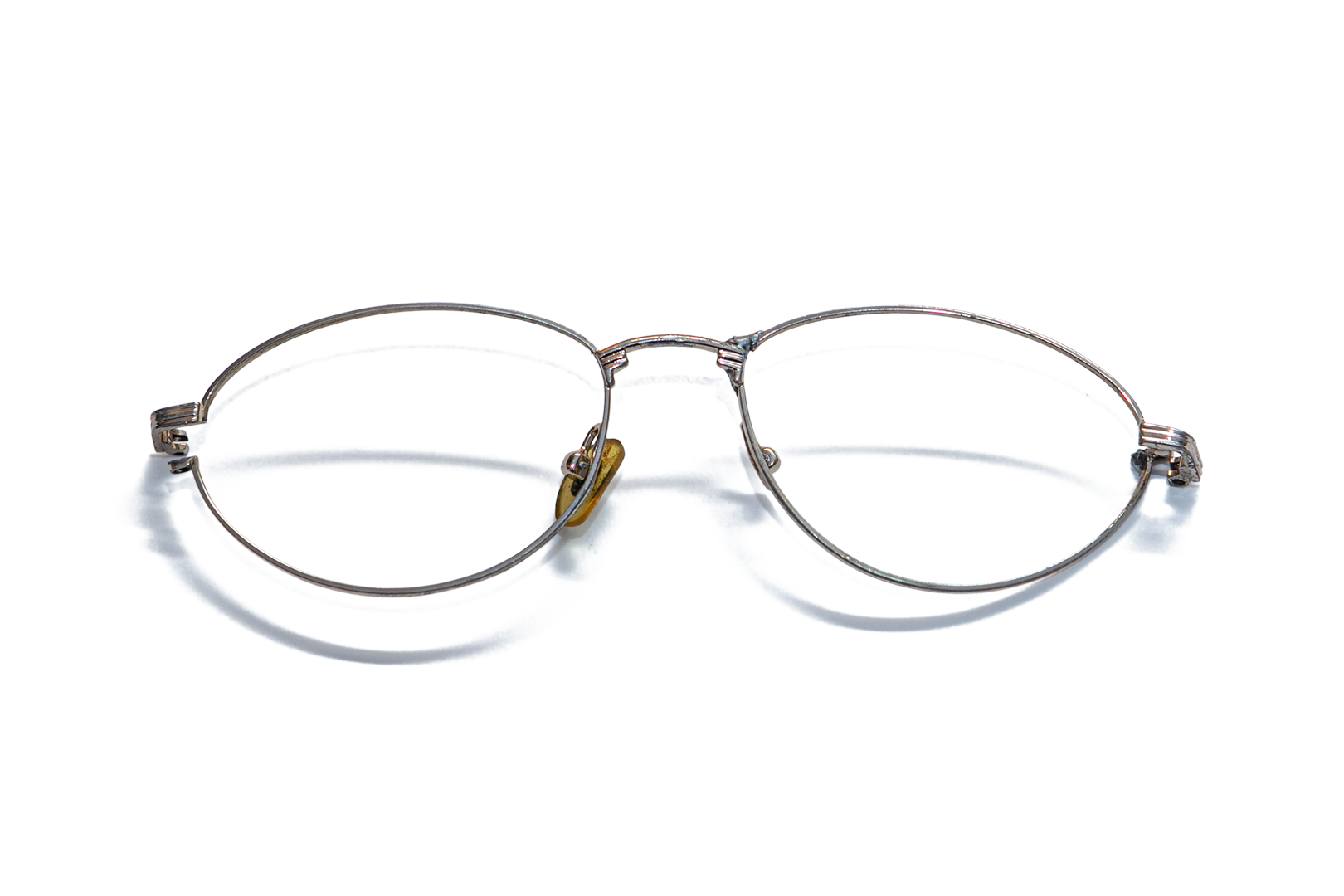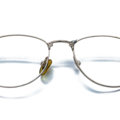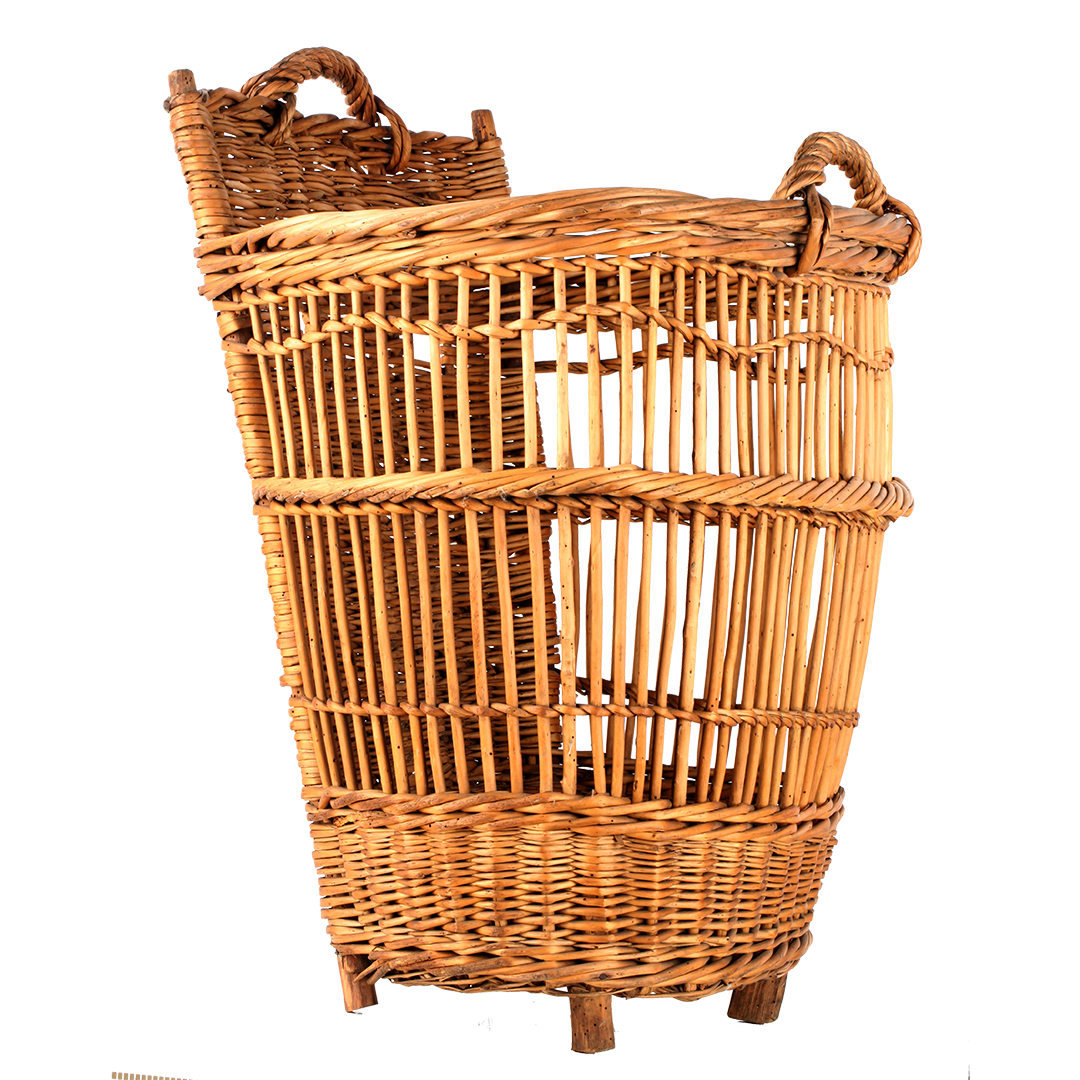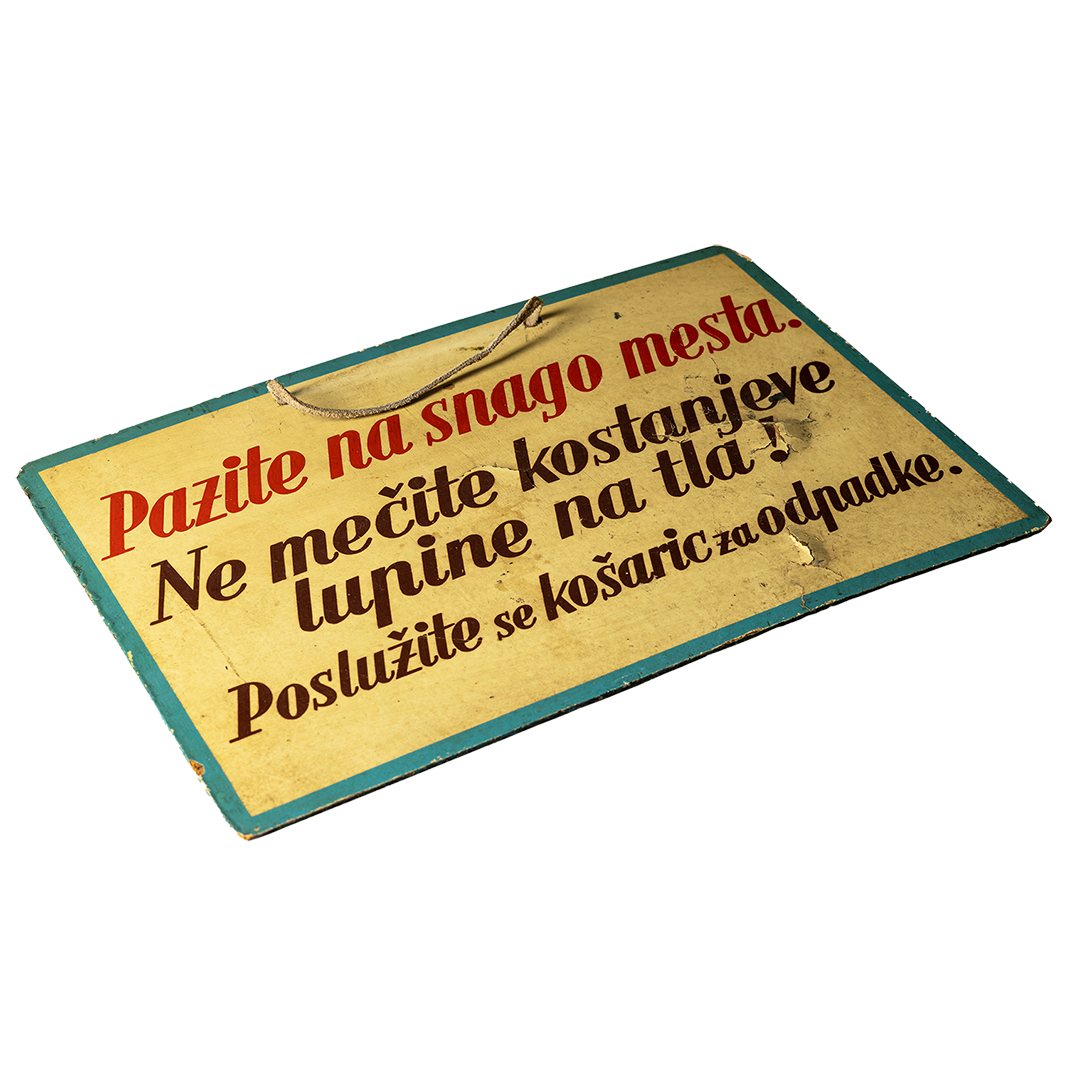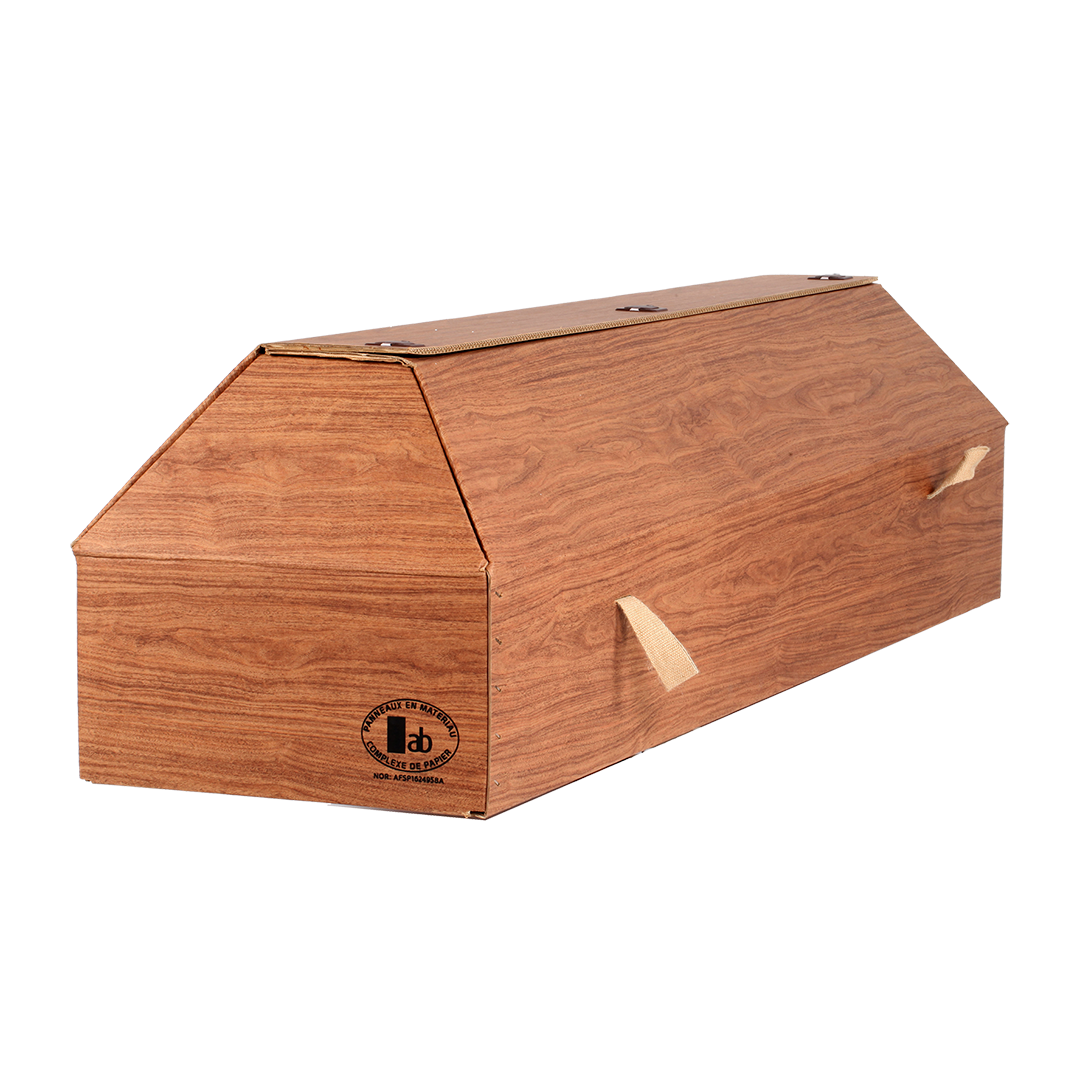Artist/Maker Unknown
Date Production/Creation
Unknown
Entry in the museum collection
Around 2007
Place of origin
Bucharest, Romania
Current location
National Museum of the Romanian Peasant, Bucharest, Romania
Material
Metal plastic
Dimension
14 X 4 x 5 cm (L x l x h)
Inventory Number C.Ob-0046
Keyword Scarcity Repair People
Copyright National Museum of the Romanian Peasant
Status In storage
Image Credit Vladimir Bulza/copyright NMRP
If it’s broken, fix it! Broken frames were often repaired with parts from other spectacles.
What is this object about, who are the people behind it?
Spectacles are everyday objects. During the communist regime, however, although they were mass-produced by various companies and factories, the selection of frames was limited and the spectacles themselves were very costly. Should they break, their owners simply repaired them as best they could, sometimes using parts salvaged from other pairs of spectacles. This particular pair was donated by Marius Gomoiu, who mentioned that various parts had been recycled following breakage.
What places is this object related to, how European/transnational is it?
There is nothing unusual about spectacles. Indeed, they are everyday objects reflecting European styles and trends in the second half of the last century. As museum exhibits, however, they are regarded as memorabilia, despite the fact that they tend to be taken for granted. The purpose of this may be to endow certain personalities with an intellectual aura or, conversely, combine the anonymous with the mundane as a means of representing the masses.
Why and how did this object arrive in the museum’s collection?
These spectacles form part of a collection donated by Dr Alyssa Grossman, a social and visual anthropologist and author of various research papers on post-communist memorabilia, who gathered together various everyday items for provisional display at the museum. This inspired additional research with supporting testimony, resulting in the filming of a documentary Memory Objects, Memory Dialogues (2011). The spectacles originally belonged to Marius Gomoiu, an electrical engineer born in 1947. The items collected were donated to the museum in the hope that, as Dr Grossman put it, they would speak for themselves and between themselves.
What is the relation of this object to waste?
Spectacles were valuable items during the communist era owing to the cost and rarity of frames. As a result, various parts were replaced on this particular pair, altering its appearance. Today, such a "make do and mend" mentality has become far less common as objects now tend to be replaced rather than repaired. The value of such an everyday item as a museum piece is undoubtedly open to debate, given the prosaic and relatively minor role it played, the number of times it was taken apart and repaired and present-day disparagement of the regime in place and product quality at the time it was made.

